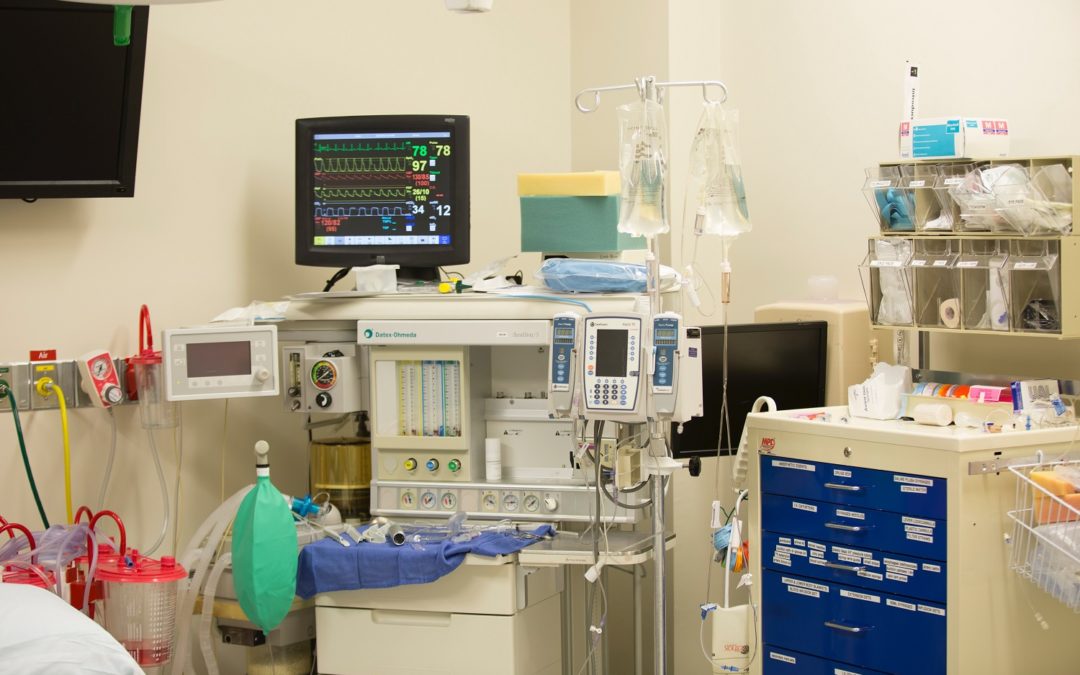As the healthcare industry goes through significant regulatory changes that are challenging the way it does business, private philanthropic dollars are even more crucial for hospitals and healthcare organizations. The need to maximize their revenue base is even more urgent. Healthcare organizations, including regional health systems and community hospitals, must diversify their revenue streams and employ innovative strategies to retain current donors and engage new ones.
At S&W, we have been fortunate to work with several regional healthcare systems and community hospitals—strategizing with our clients and creating innovative ways to engage current and prospective constituent groups. Here are some of the trends we are witnessing:
- Engaging CEOs to mobilize staff and foster a culture of philanthropy within their organizations. Healthcare management teams must be attuned to the challenges and opportunities the current healthcare environment presents. The CEO can position him/herself as an asset to fundraising, act as a driving force to build awareness among medical and administrative staff about the importance of philanthropy and present the “face” of the organization that is effectively engaged in donor cultivation.
- Actively educating all key stakeholders on the impact of healthcare reform and the importance of private philanthropy. The best defense is truly a good offense: Stay ahead of the difficulties (or “obstacles,” “impediments,” “barriers”) by offering your donors and patients the opportunity to become fully educated. The subject is complex–make it palpable.
- Linking doctors to donors by making the connection between philanthropy and their ability to conduct state-of-the-art medicine. Physicians are becoming increasingly engaged as ambassadors of healthcare organizations and can be powerful spokespersons for the opportunity to advance medical outcomes.
- Establishing focused “departmental” fundraising strategies that encourage aggressive outreach in key specialties. Many healthcare development departments are assigning major gift officers to departments such as orthopedics, cardiac care and cancer treatment in order to focus and concentrate grateful patient fundraising efforts.
- Leveraging their status within the community and promoting positive outcomes. In an increasingly competitive environment, healthcare organizations should not shy away from forcefully communicating their successes by sharing patient stories and promoting their accolades.
- Creating community‐wide direct mail campaigns to selected segments of the patient base, retirement communities and other constituencies. These campaigns are effective in driving fundraising efforts, building a pipeline of larger donors and raising visibility and awareness of healthcare organizations’ outcomes.




